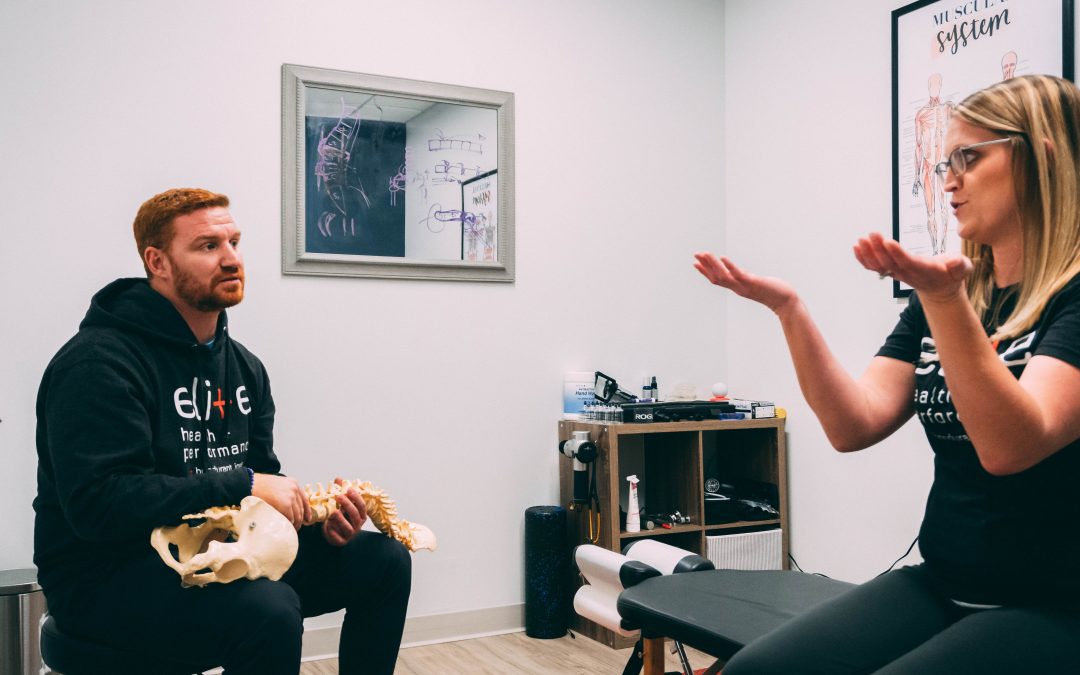Whether No Smoking Day (8th March 2017) is the reason you want to quit smoking, or if you’ve just decided that now is the right time to stop smoking for good, finding the right smoking cessation method can be difficult.
Patches, gum, nicotine replacements and other methods can be successful for some people, but not for everyone. However, self-hypnosis is a great option – whether used alone or in combination with another smoking cessation method.
In this post, I share why self-hypnosis is so successful, and also tips for practising it at home.
How Does Hypnosis For Smoking Cessation Work?
Most people believe that hypnosis is like stage hypnosis, it will make you ‘cluck like a chicken’ or ‘dance around the room’; but hypnosis is an evidence-based method and does not make you fall asleep or do things against your will. During a hypnosis session, you will relax through visualisation and deep breathing exercises, and the hypnotherapist will guide you through the whole process. You will receive a piece a music that helps with the relaxation or a hypnosis CD. Suggestions given during the hypnosis session will help you change your feelings and thoughts; and the behaviour that follows. It will help you focus on your stop smoking goals by accepting the suggestions and preparing you for success.
Self-hypnosis can help you to concentrate and focus on your end goal to stop smoking for good by changing your habits and behaviours.
If you have found it difficult to gain control over your smoking habit in the past and respond well to suggestions, self-hypnosis will work well for you. Hypnosis relies on your belief that you can quit and you are ready to make the changes that is needed to quit. Your commitment to quit smoking and self-hypnosis will help you succeed with your goal.
The following self-hypnosis tips are best used after having had a professional hypnosis for smoking cessation session. If you would like to discuss your goals to stop smoking with me, please book a free 30 minute consultation here.
10 Self-Hypnosis Tips To Stop Smoking
- Practice self-hypnosis by finding a quiet place free from social media, mobile phones, or other distractions. Wear comfy clothes and schedule your time so you are not rushing through this process.
- Sit down on a comfortable couch and relax and take deep calm breaths. Try not to fall asleep just gently enter the deep hypnotic state.
- Self-hypnosis suggestions are given that are indirect statements such as ‘Smoking is bad for my health and I want to not put harmful substances into my body anymore’.
- Take deep breaths (in through your nose and out through your mouth) and focus on a specific spot in the room.
- Relax and close your eyes and ‘let your body go’ or settle deep into the couch, feeling heavy and loose.
- Allow your attention to focus on your in-breath and out-breath. Simply take calm breaths and if your concentration wanders bring it back to your deep relaxing breathing.
- Remember and repeat positive affirmations and keep them real so they are not too far from what you would normally say to yourself.
- Use a soft and soothing tone in your voice and don’t get frustrated as it might take a little while to practice and teach your body to relax and let go. For example: ‘I will not damage my body anymore and I respect myself’ should be said in the present not past tense and saying things that are happening for you at this moment.
- Once you have finished with the affirmations, feel that you are returning to the present and count from 1-5 and stretch and slowly open your eyes, return to the present.
- Make sure you give yourself plenty of time for this to work as self-hypnosis is not the same as being present in a session with a clinical hypnotherapist. Keep motivated and keep up with your practice daily and you will succeed.
Some people can quit after one session with the clinical hypnotherapist while for others it can take six sessions for this to work. Every person has their own unique way that therapy works for them. By practising self-hypnosis techniques you will be effective in gaining control of this habit that had plagued you for a long time. Keep your mind busy when you feel the strong urge to smoke, also eat healthy meals and drink plenty of water. Find an exercise class or an activity that you can keep busy with and try to avoid alcoholic drinks that may make you go back to smoking again.
Self-hypnosis can be difficult to master and does not work for everyone, which is why a session with a clinical hypnotherapist can help you get started. The therapist may be able to uncover other underlying issues that are affecting your ability to stop smoking, for example, stress and anxiety.
Quitting smoking with self-hypnosis as a stand-alone or as an adjunct therapy is an effective way to stop smoking. Self-hypnosis will help you to keep reinforcing the suggestions given in the sessions especially on the days that you feel the urge to smoke a cigarette. Remember that smoking is not a physical habit or behaviour, it is a mental problem and the way to achieve success with your quit smoking goal is through getting the help you need.
If you would like to discuss any of the above in more detail please get in touch with me. Call +44 (0)796 715 1790 or email astarandrea@gmail.com
Or you can get started straight away by booking your free 30-minute consultation below.
[bookly-form]


Recent Comments